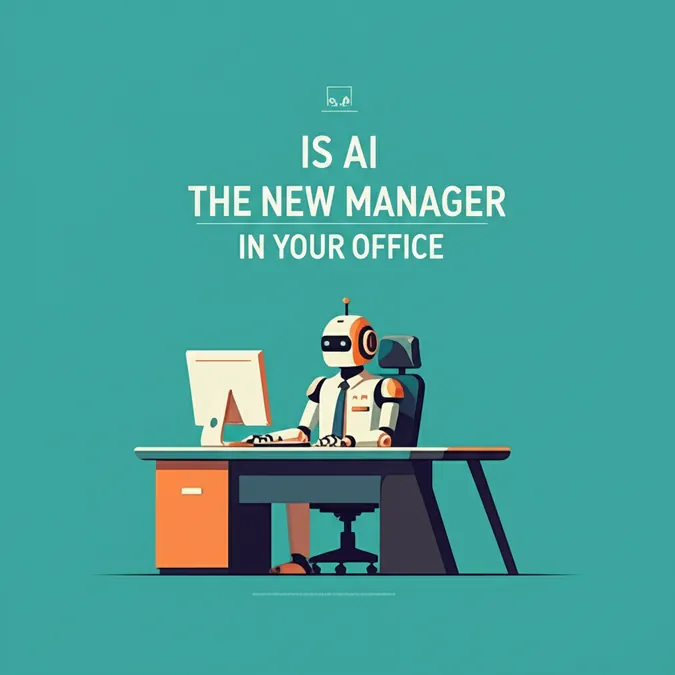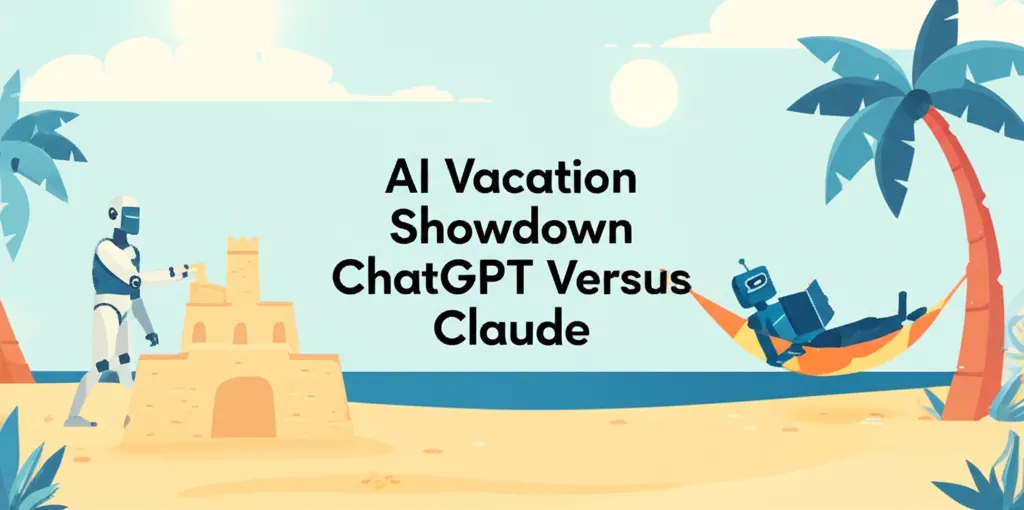Developer Offer
Try ImaginePro API with 50 Free Credits
Build and ship AI-powered visuals with Midjourney, Flux, and more — free credits refresh every month.
Unmasking The Terrifying Scale Of The AI Bubble
It is becoming increasingly clear to observers outside the tech industry's inner circle that the AI sector is operating within a massive speculative bubble. The prevailing questions have not been if a bubble exists, but rather how large it is, when it will inevitably pop, and who will suffer the consequences. While predicting the exact timing of a financial downturn is impossible, new analysis is providing a terrifyingly clear picture of the bubble's magnitude and the interconnected players involved.
Recent findings have pierced through the fog of Big Tech propaganda, revealing a reality far more concerning than previously thought. This situation is not just another market correction waiting to happen; it is a financial time bomb.
A Bubble of Unprecedented Proportions
The truly gut-wrenching analysis comes from Julien Garran, an analyst for the independent research firm MacroStrategy Partnership. Garran, who previously led the commodities strategy team at UBS and now advises hundreds of institutional clients, is an expert in his field. His recent research discovered that the current AI bubble is an incredible 17 times the size of the dot-com bubble and four times larger than the 2008 housing bubble that precipitated a global recession.
This staggering figure was calculated using a rigorous economic analysis that focuses on the core unsustainability of the AI industry's current trajectory.
The Economics of a Dead End Industry
Garran's methodology, similar to concepts explored in a previous analysis, points to the concept of the efficient compute frontier and the severe diminishing returns plaguing AI development. This trend is causing development costs to skyrocket while meaningful progress stagnates.
A clear example of this is the cost progression of OpenAI's models: ChatGPT-3 cost roughly $50 million, ChatGPT-4 escalated to $500 million, and the upcoming ChatGPT-5 is projected to cost an astounding $5 billion. Yet, for all this exponential increase in spending, the improvement between these generations has been so minimal that it is almost unnoticeable to the average user.
This would not be a catastrophic issue if these AI systems had reached a state of practical, widespread usefulness, but they have not. Garran highlights the numerous studies demonstrating that current AI deployments offer little to no tangible benefit, are rarely profitable, and can even decrease a company's overall efficiency. Consequently, the AI industry and the colossal investments backing it represent a financial dead end, creating a bubble of truly terrifying proportions.
Compare Plans & Pricing
Find the plan that matches your workload and unlock full access to ImaginePro.
| Plan | Price | Highlights |
|---|---|---|
| Standard | $8 / month |
|
| Premium | $20 / month |
|
Need custom terms? Talk to us to tailor credits, rate limits, or deployment options.
View All Pricing Details

